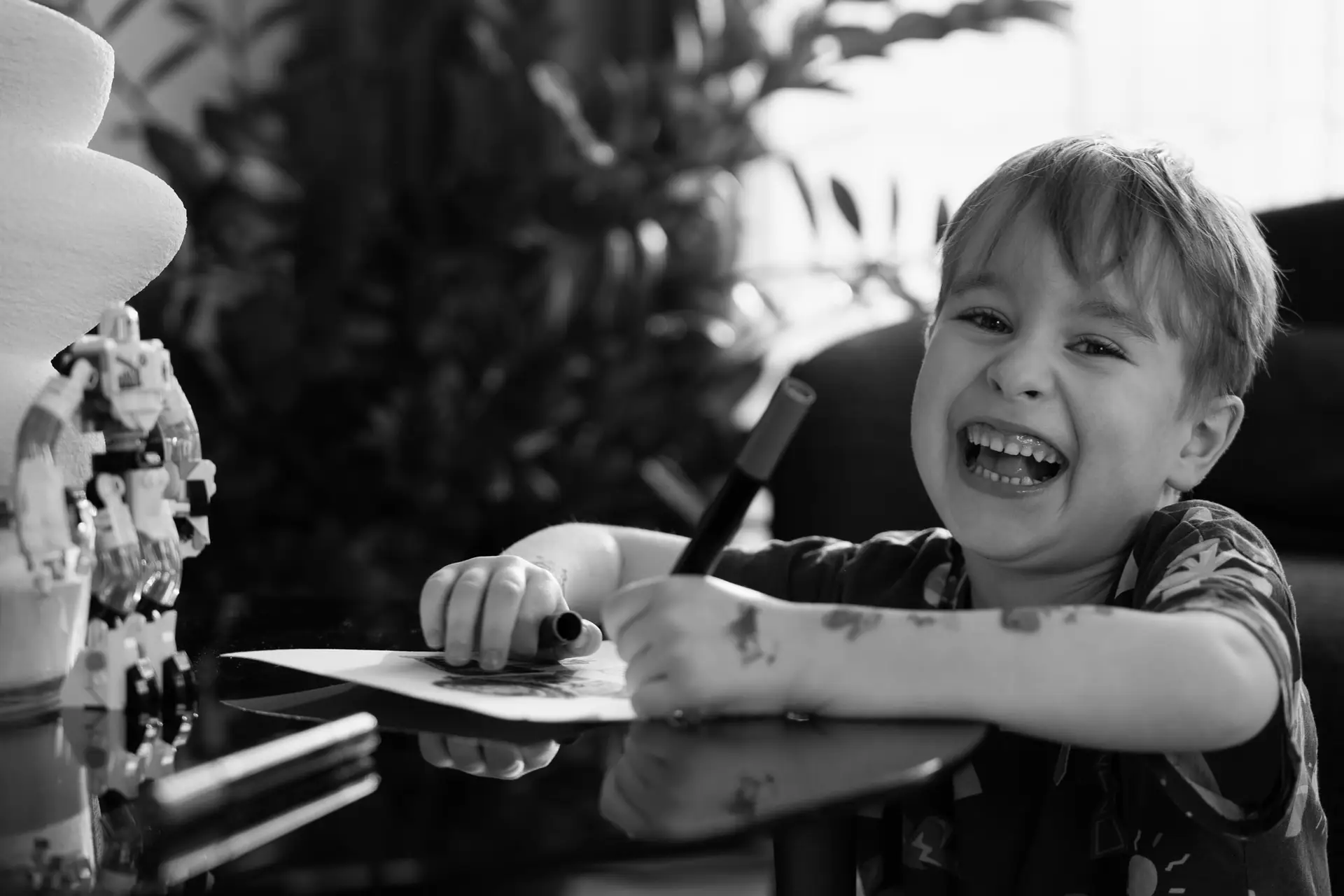As a parent, I’ve learned that the most meaningful photos aren’t the posed, picture perfect ones. They’re the unscripted everyday moments.
Over time, I discovered that family storytelling photography is less about technical perfection and more about capturing the essence of childhood: the messy, and beautiful details of daily life.
In this guide, I’ll share how to turn ordinary routines into extraordinary memories, whether you’re using a professional camera or just your smartphone.
What Makes a Photo Tell a Story?
The difference between a snapshot and a story-telling family photograph lies in three key elements: emotion, context, and narrative depth.
Emotion is the heart of storytelling. A photo that tells a story should make you feel something when you look at it. It might be the concentration on your child’s face as they build with blocks, the pure joy in their eyes during bath time, or even the exhaustion after a long day of play.
Context gives meaning to the moment. Instead of just photographing your child’s face, include elements that show what they’re doing, where they are, or what they’re experiencing. The scattered art supplies around them, the rumpled bed sheets during morning cuddles, or the kitchen counter covered in flour from your baking session together.
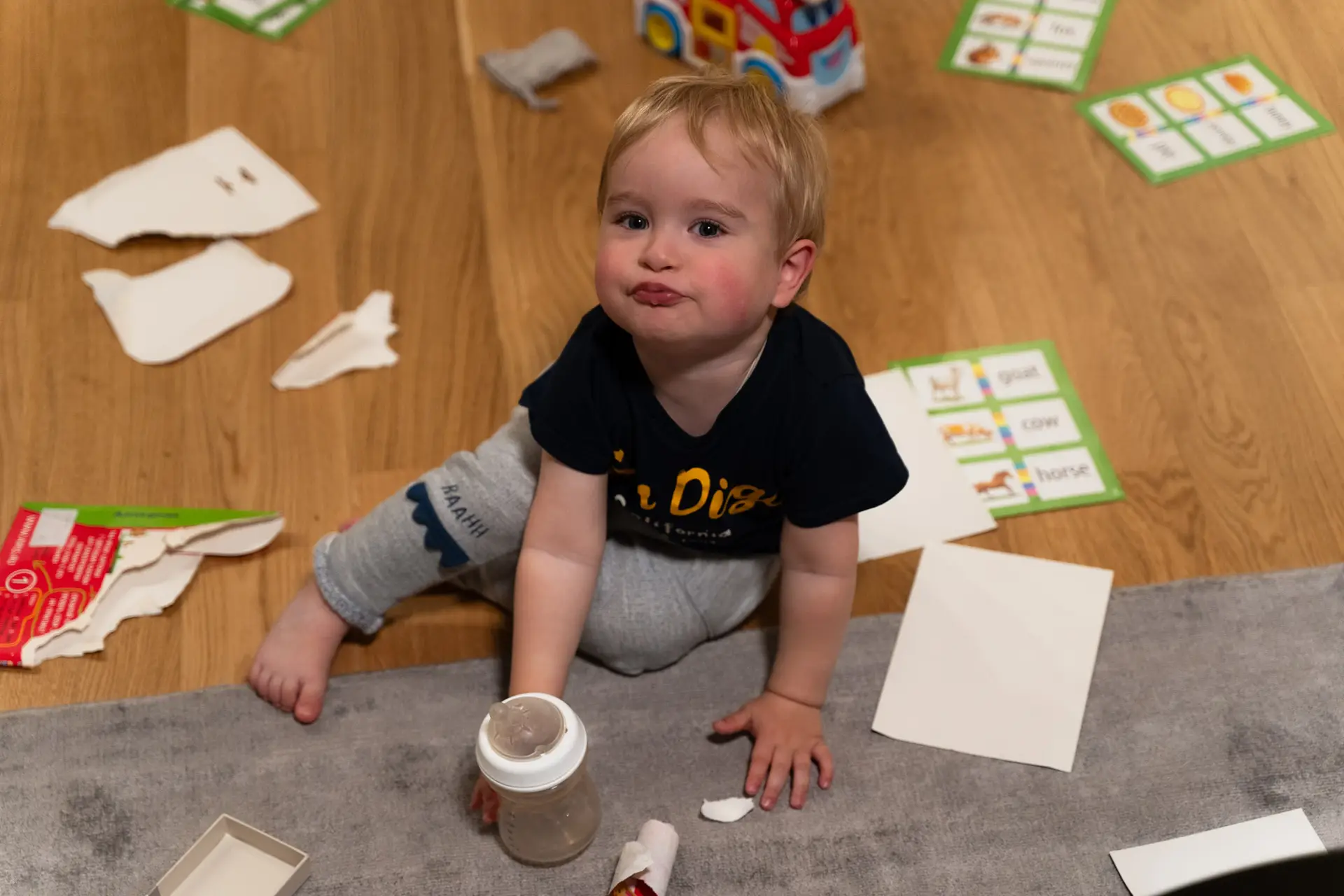
Narrative depth means each photo hints at a larger story. The best family storytelling photography makes viewers wonder what happened just before or after the moment you captured. It creates a sense of time and place that transports you back to that exact moment.
I remember one afternoon when my son Nikita was running around the park with his red toy airplane. Instead of asking him to pose, I simply watched and captured the action as it unfolded.
The photo shows his excitement as he throws the plane into the air, full of energy and play. It’s a small everyday moment, but one that feels far more real than any staged picture could.
Sharpen Your Photography Skills in One Afternoon
Download my free guide with 10 expert techniques that took me years to master. You’ll discover the simple shifts that separate amateur shots from frame-worthy photos.
Join 300+ photographers already leveling up their skills
The Magic Hidden in Everyday Routines
The secret to capturing compelling everyday childhood photos lies in recognizing that every routine activity is actually a story waiting to be told. Morning breakfast isn’t just about eating; it’s about sleepy hair, favorite cups, the way sunlight streams through the kitchen window, and those precious few quiet moments before the day begins.
Morning routines offer golden opportunities for storytelling. The way your child’s hair sticks up after sleep, how they rub their eyes, their favorite breakfast setup – these details create a narrative about the start of each new day. I’ve found some of my most treasured photos come from these quiet morning moments when guard is down and authenticity shines through.
Meal times are storytelling goldmines. The concentration of learning to use utensils, the inevitable mess, the satisfied expression after a favorite meal, or even the dramatic rejection of vegetables – all of these moments tell the story of growing independence and personality development.
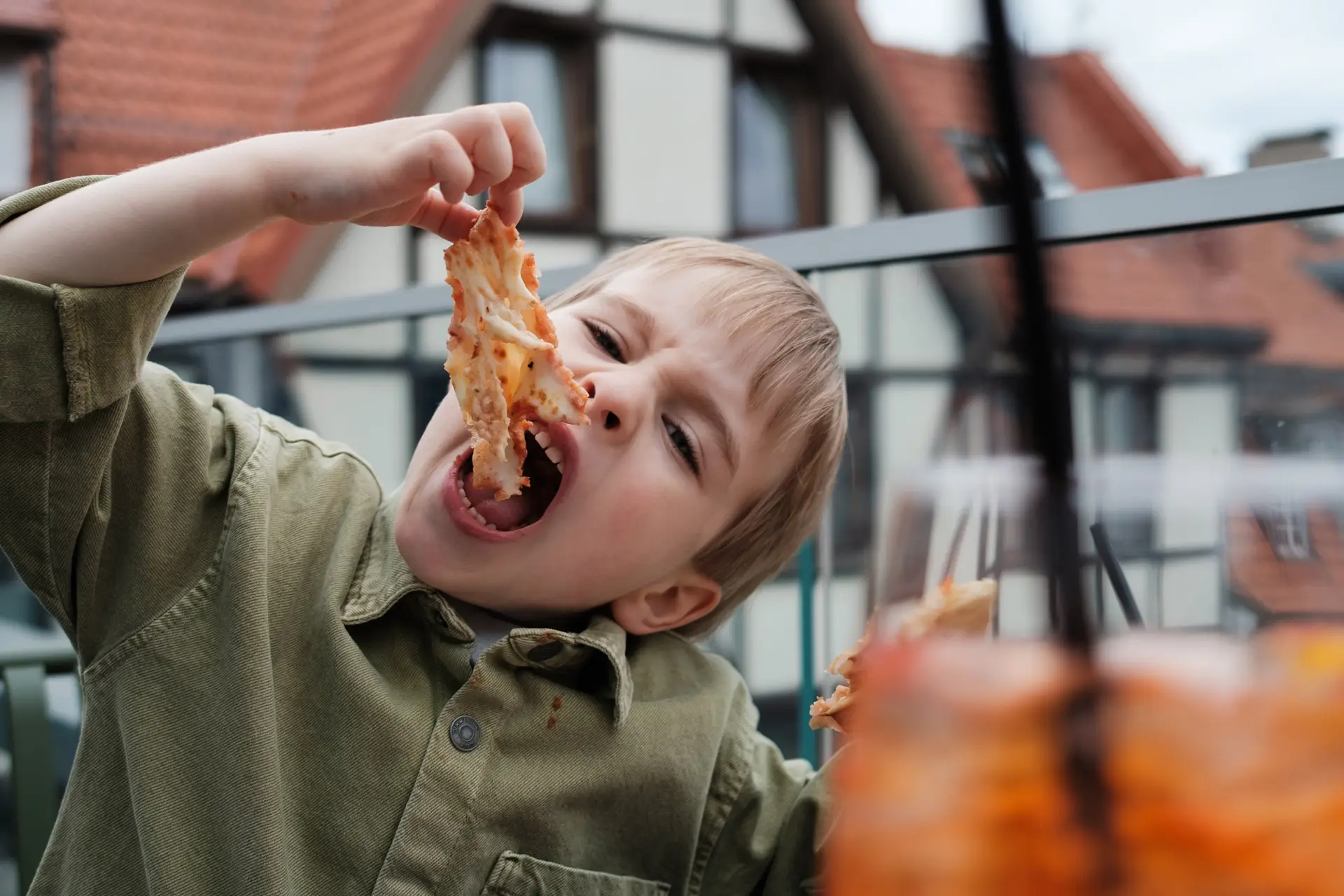
Play time reveals character like nothing else. Whether it’s the intense focus during puzzle-solving, the creative chaos of art projects, or the pure physical joy of running around the backyard, play photographs capture the essence of childhood curiosity and energy.
Bath time and bedtime routines provide opportunities to capture vulnerability and tenderness. The trust in your child’s eyes during bath time, the ritual of choosing pajamas, the quiet intimacy of bedtime stories – these moments create a visual narrative of safety, love, and daily rhythm.
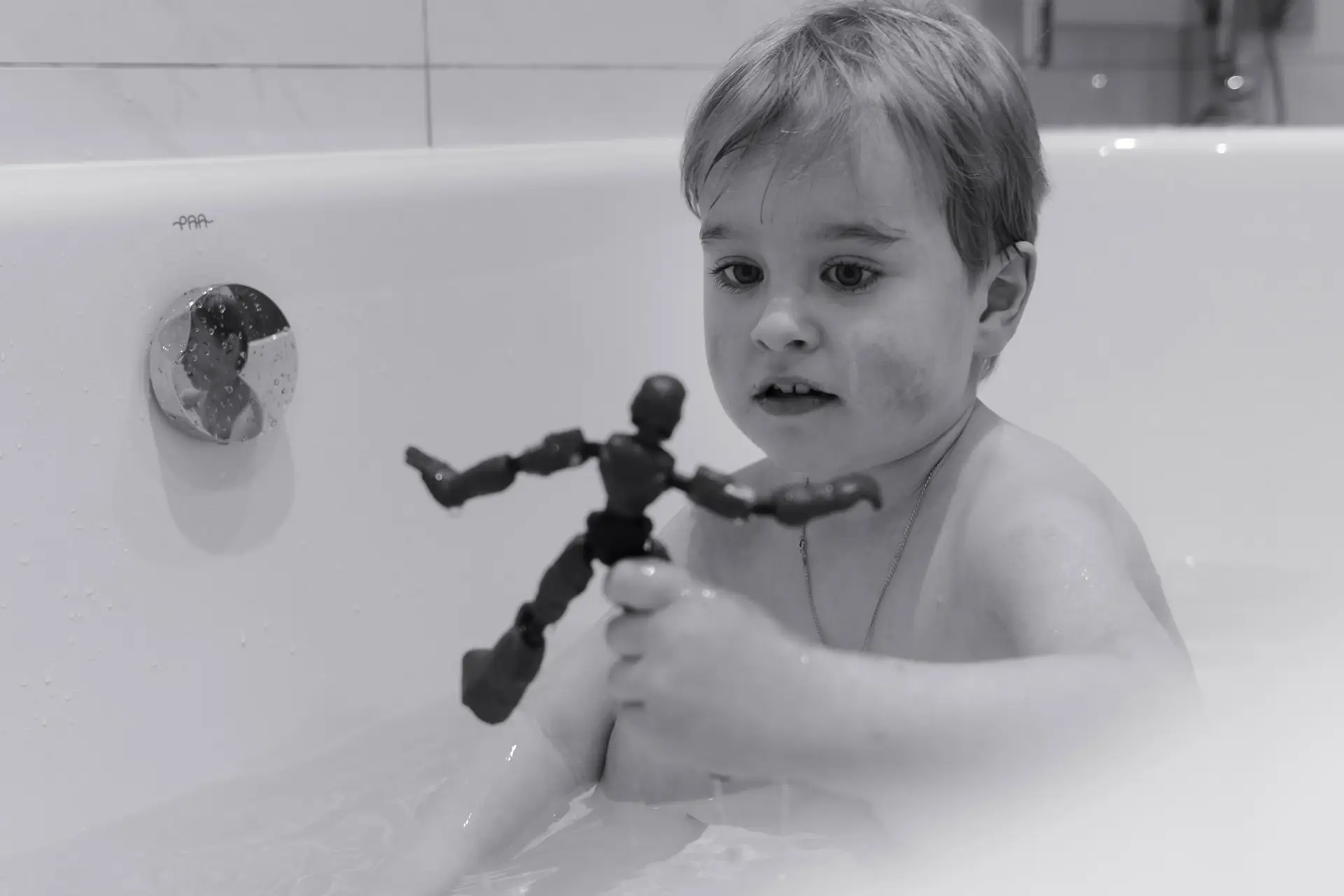
The key is to approach these routine moments with fresh eyes. Instead of seeing them as mundane daily tasks, view them as chapters in your family’s ongoing story.
Capturing the Details That Matter Most
In family storytelling photography, the details often carry more emotional weight than the wide shots. Those tiny hands reaching for something, the way shoes are kicked off carelessly by the door, the collection of rocks and treasures that accumulate in small pockets – these details are the building blocks of childhood memories.
Hands tell incredible stories. A toddler’s chubby fingers attempting to button a shirt, paint-covered palms after an art session, or the gentle way they hold a beloved toy – hands in motion capture development, creativity, and the tactile way children explore their world.
Faces and expressions, especially the in-between moments, reveal personality and emotion in ways that posed smiles never can. The look of concentration when they’re problem-solving, the sideways glance when they’re being mischievous, or the peaceful expression during a quiet moment – these authentic expressions are storytelling gold.
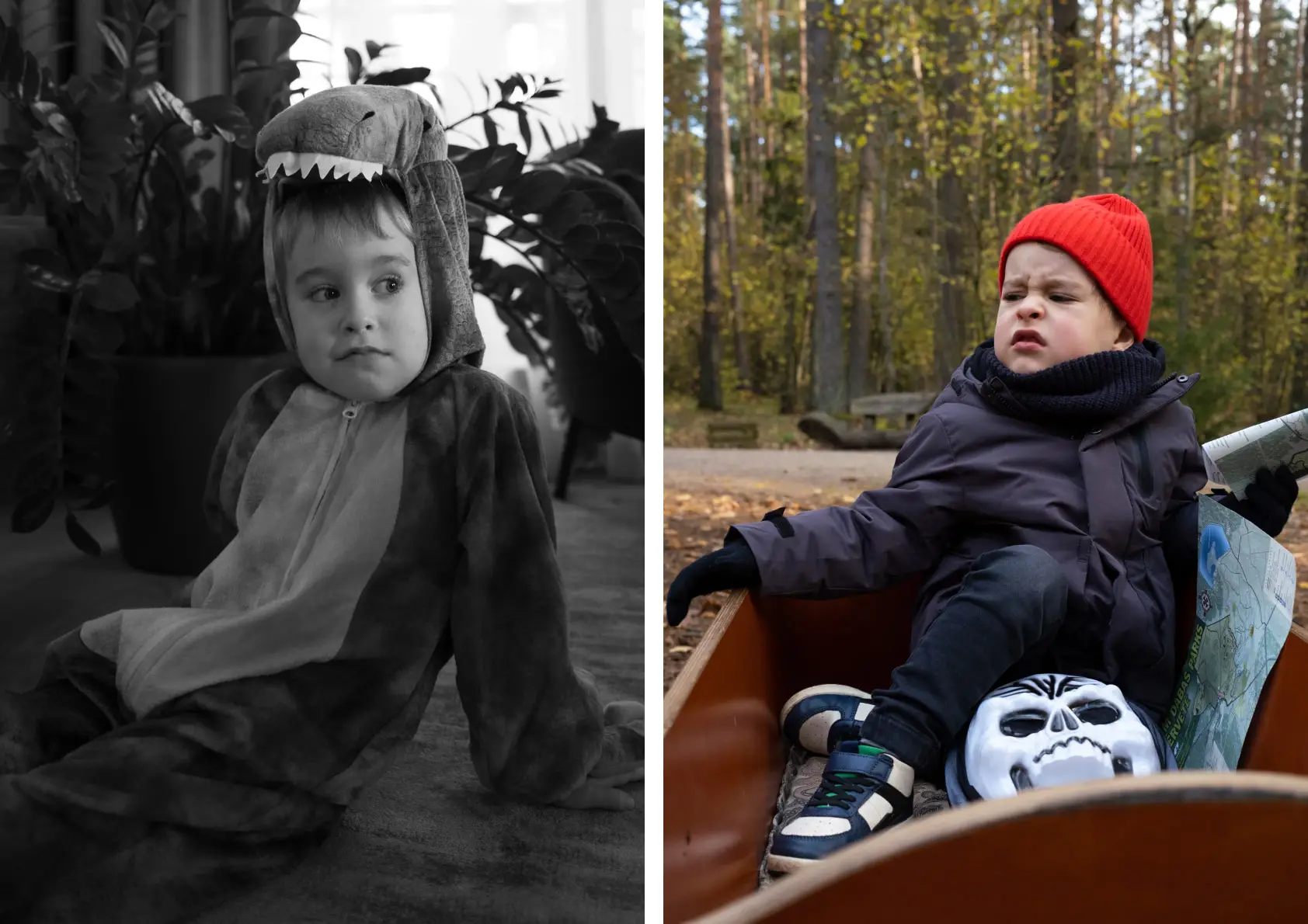
Environmental details provide context and atmosphere. The toys scattered across the living room floor tell the story of an afternoon of imaginative play. The stack of favorite books by the bed speaks to bedtime routines and developing literacy. The height marks on the door frame document physical growth over time.
Clothing and accessories often reflect personality and phase of life. That superhero cape that gets worn everywhere, the backwards hat phase, the tutu that becomes part of every outfit – these elements help document not just how your child looked, but who they were during different stages.
For those interested in mastering the technical aspects that enhance storytelling, I highly recommend checking out my detailed guide on child and family photography, which covers camera settings that help capture these precious details with clarity and artistic impact.
Creating Photo Sequences That Tell Mini Stories
One of the most powerful techniques in family storytelling photography is creating sequences – a series of images that together tell a complete mini story. This approach moves beyond single moments to document entire experiences or processes.
Start before the action begins. If you’re photographing your child learning to ride a bike, don’t just capture the moment they’re pedaling. Start with the anticipation – the helmet going on, the nervous excitement, the determination in their stance. This sets up the narrative arc.
Document the process, not just the result. Whether it’s making cookies together, building a fort, or completing a puzzle, capture the steps along the way. The measuring and mixing, the trial and error of construction, the focus and frustration and eventual triumph – these process shots create a much richer story than just the final outcome.
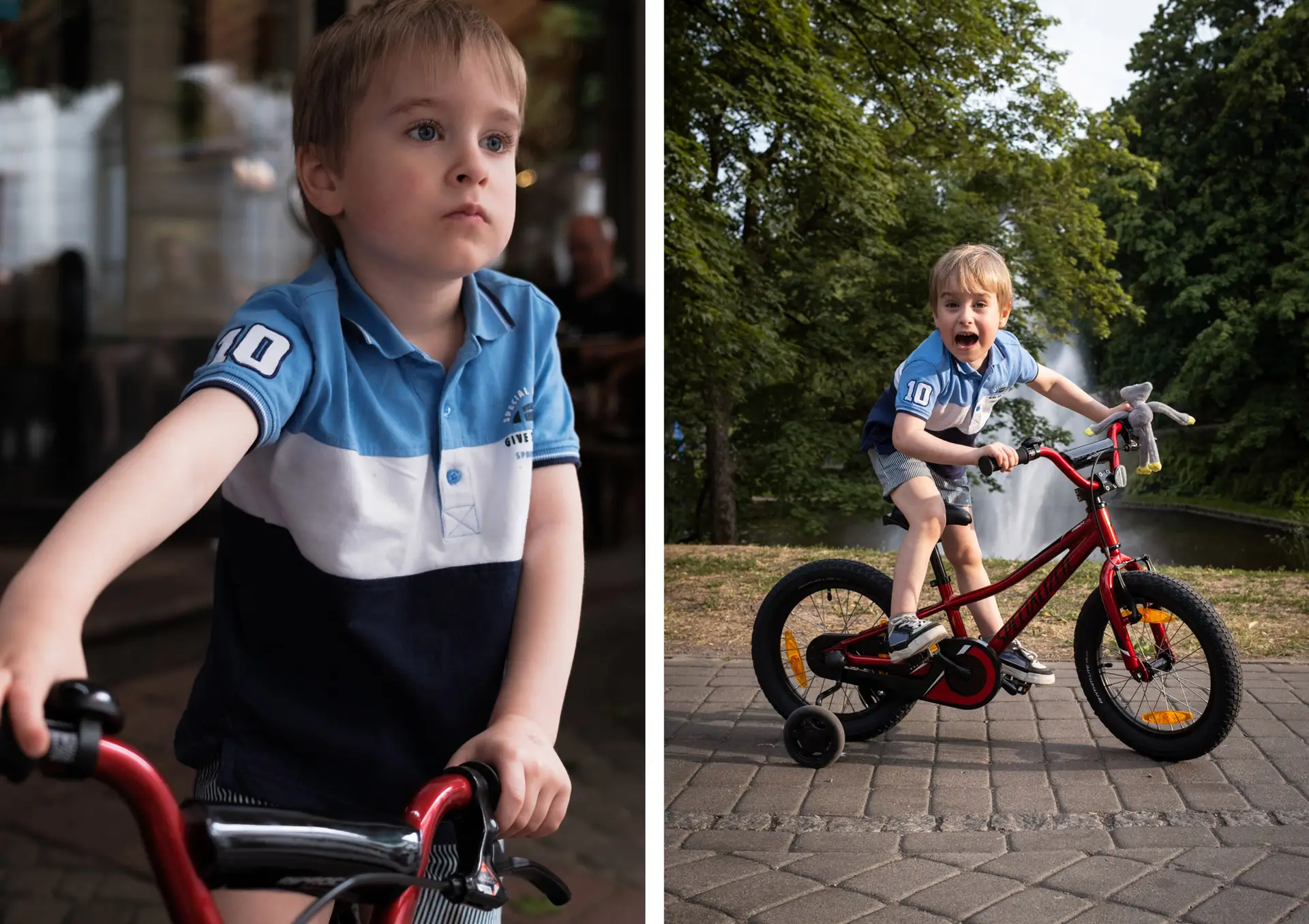
Document the process, not just the result. Whether it’s making cookies together, building a fort, or completing a puzzle, capture the steps along the way. The measuring and mixing, the trial and error of construction, the focus and frustration and eventual triumph – these process shots create a much richer story than just the final outcome.
Include the aftermath. Some of the most telling moments happen after the main activity. The satisfied exhaustion after a day at the park, the proud display of a finished art project, or the peaceful sleep after a big adventure – these concluding moments provide narrative closure.
Vary your perspectives within the sequence. Mix wide shots that establish the scene with close-ups that capture emotion and detail shots that add texture to your story. This variety creates visual interest and provides multiple entry points into the narrative.
Technical Foundations for Better Family Stories
While storytelling photography is primarily about vision and timing rather than technical perfection, understanding some key camera techniques will help you capture these precious moments more effectively.
Master natural light for authentic atmosphere. The quality of light dramatically affects the mood of your storytelling photos. Soft window light creates intimate, tender scenes perfect for quiet moments. Golden hour light adds warmth and magic to outdoor play sessions. Even challenging light situations can enhance your story – dramatic shadows might perfectly capture the intensity of focused play.
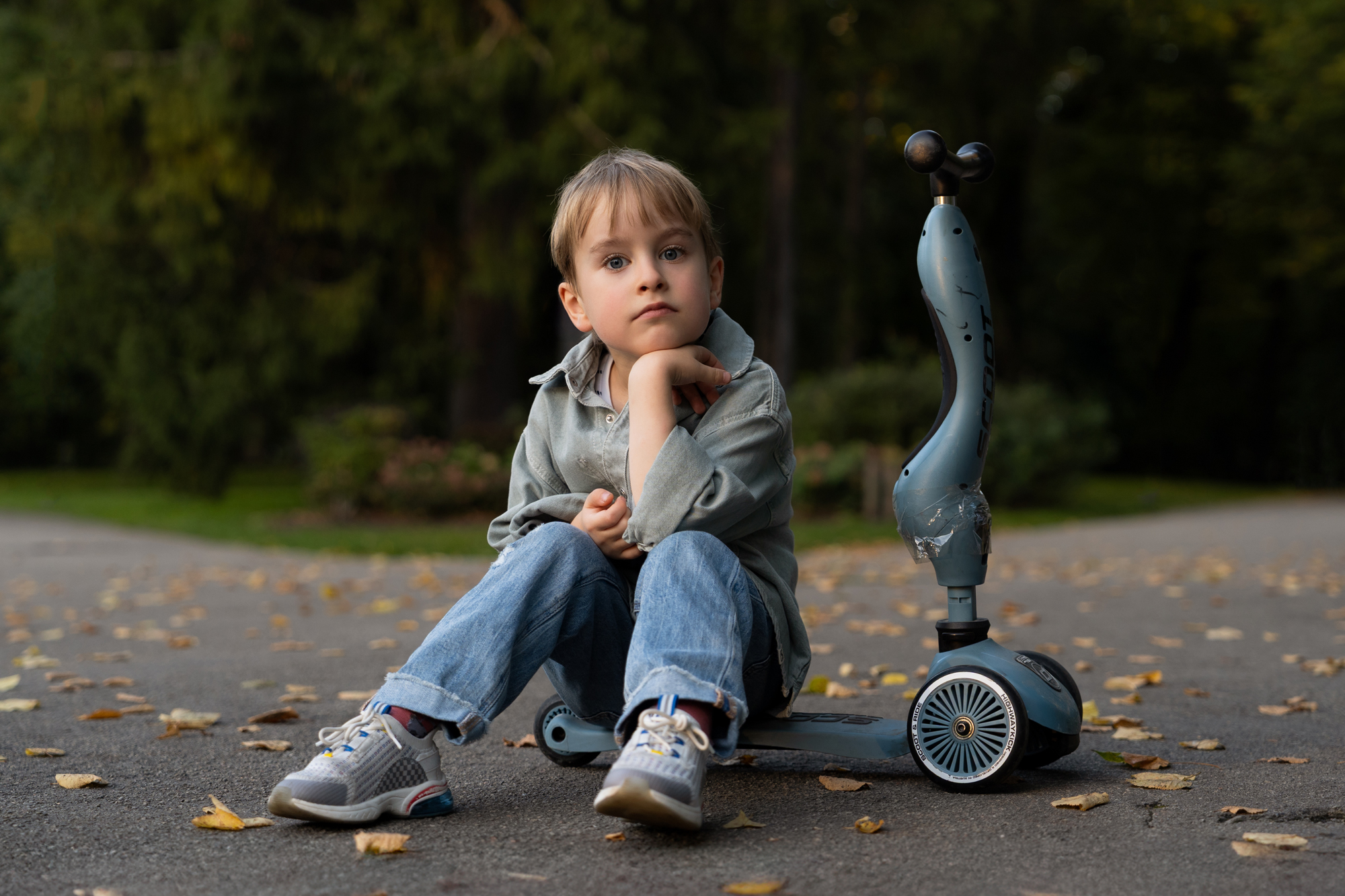
Use appropriate depth of field to guide attention. A shallow depth of field can isolate your subject and create beautiful background blur that eliminates distractions, perfect for portrait-style storytelling shots. Deeper depth of field keeps more of the scene in focus, ideal when the environment is part of the story you’re telling.
Understanding aperture settings and how they affect your images is crucial for controlling which elements of your story are emphasized versus which fade into softer focus.
Choose shutter speeds that match your story’s energy. Fast shutter speeds freeze action – perfect for capturing the peak moment of a jump or the precise instant of surprise. Slower shutter speeds can introduce motion blur that conveys energy and movement, adding dynamism to your storytelling.
Get comfortable with higher ISO settings. Many of the best family storytelling moments happen in lower light – during quiet indoor play, evening routines, or cozy reading time. Don’t be afraid to use higher ISO settings to capture these moments authentically rather than introducing artificial light that might change the mood.
For a comprehensive breakdown of technical settings specifically tailored to family photography, my guide on best camera settings for child photos provides detailed recommendations for different scenarios.
Lightroom Made Simple for Moms and Dads — Create Photos You’ll Be Proud to Print
Learn how to make your family photos bright, natural, and frame-worthy, even if you’re brand new to Lightroom.
Common Storytelling Photography Mistakes to Avoid
Even with the best intentions, it’s easy to fall into habits that limit the storytelling power of your family photos. Here are the most common mistakes I see parents make, along with strategies to overcome them.
Over-directing and forcing smiles. The moment you start asking for specific poses or expressions, you’ve moved from storytelling into portrait photography. While there’s nothing wrong with portraits, they serve a different purpose. For storytelling photos, step back and observe. Let the natural interactions and expressions unfold.
Focusing only on faces. While expressions are important, storytelling photography requires a broader view. Include hands, body language, environmental details, and context. Sometimes the most powerful storytelling element isn’t the face at all, but the way your child’s entire body expresses concentration or joy.

Forgetting about the background. In storytelling photography, the background isn’t just what’s behind your subject – it’s part of the narrative. A cluttered background might distract from your story, but sometimes clutter tells exactly the right story about the reality of family life. Be intentional about what you include and exclude.
Only photographing the highlights. Real life includes tantrums, exhaustion, mess, and frustration alongside joy and wonder. Authentic family storytelling photography doesn’t shy away from the full spectrum of childhood experience. Some of my most meaningful photos capture difficult moments that, in retrospect, are just as much a part of our family story.
Waiting for the perfect moment instead of documenting the journey. Storytelling isn’t about capturing perfection; it’s about capturing truth. The preparation, the process, the mistakes, the do-overs – all of these elements contribute to a richer narrative than just the final successful outcome.
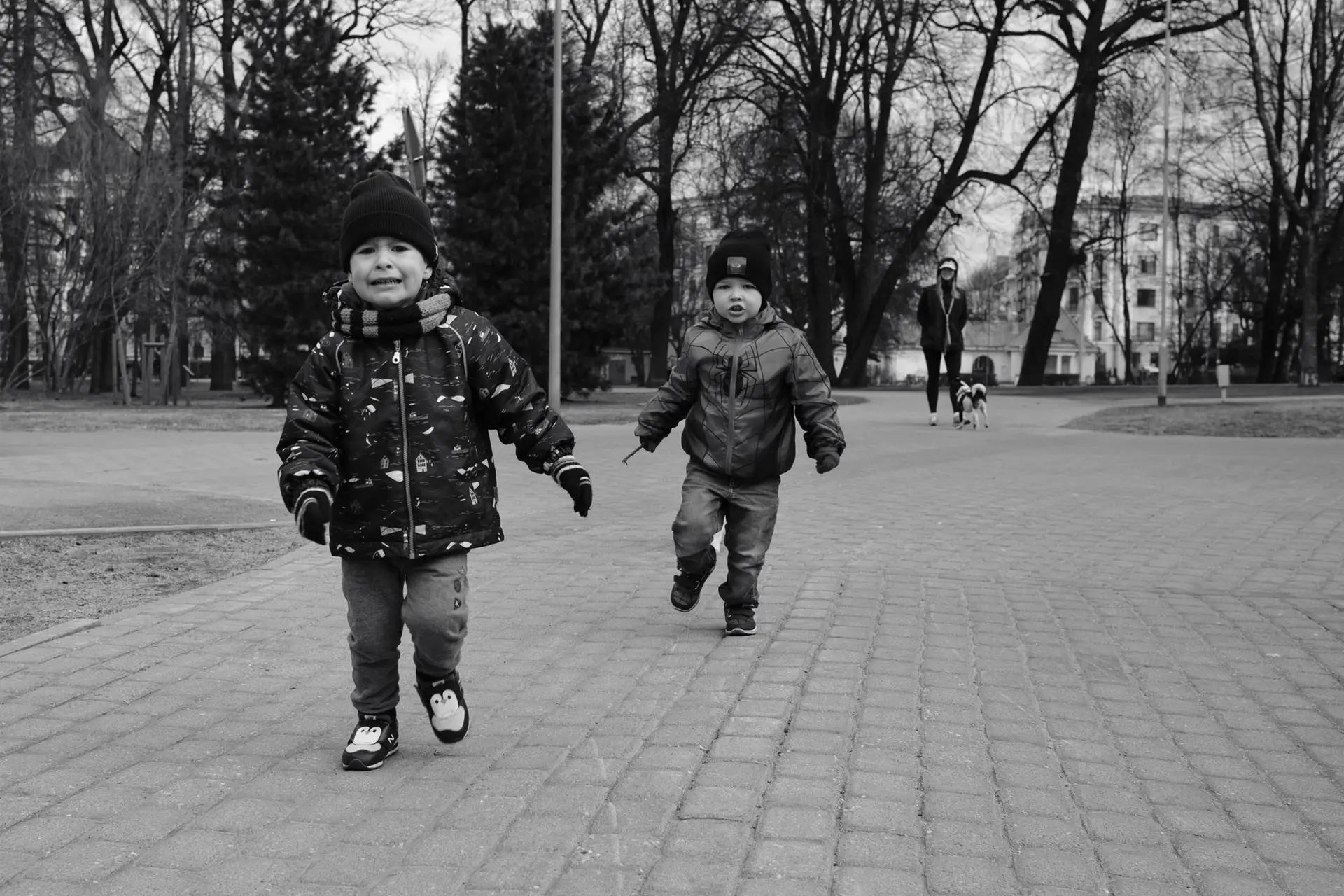
Neglecting your own presence in the story. As the primary family photographer, it’s easy to end up absent from your own family’s visual narrative. Make sure you’re included in the story, whether through self-portraits, asking others to take photos, or using self-timers and tripods.
How to Transform Ordinary Family Photos Into Extraordinary Memories
The magic of family storytelling photography lies in recognizing that there are no ordinary moments in a child’s life – only moments we haven’t learned to see with storytelling eyes.
Change your perspective literally and figuratively. Get down to your child’s eye level to see the world from their perspective. Lie on the floor during play time. Sit at the small table during tea parties. This physical shift in perspective often reveals story elements you’d miss from adult height.
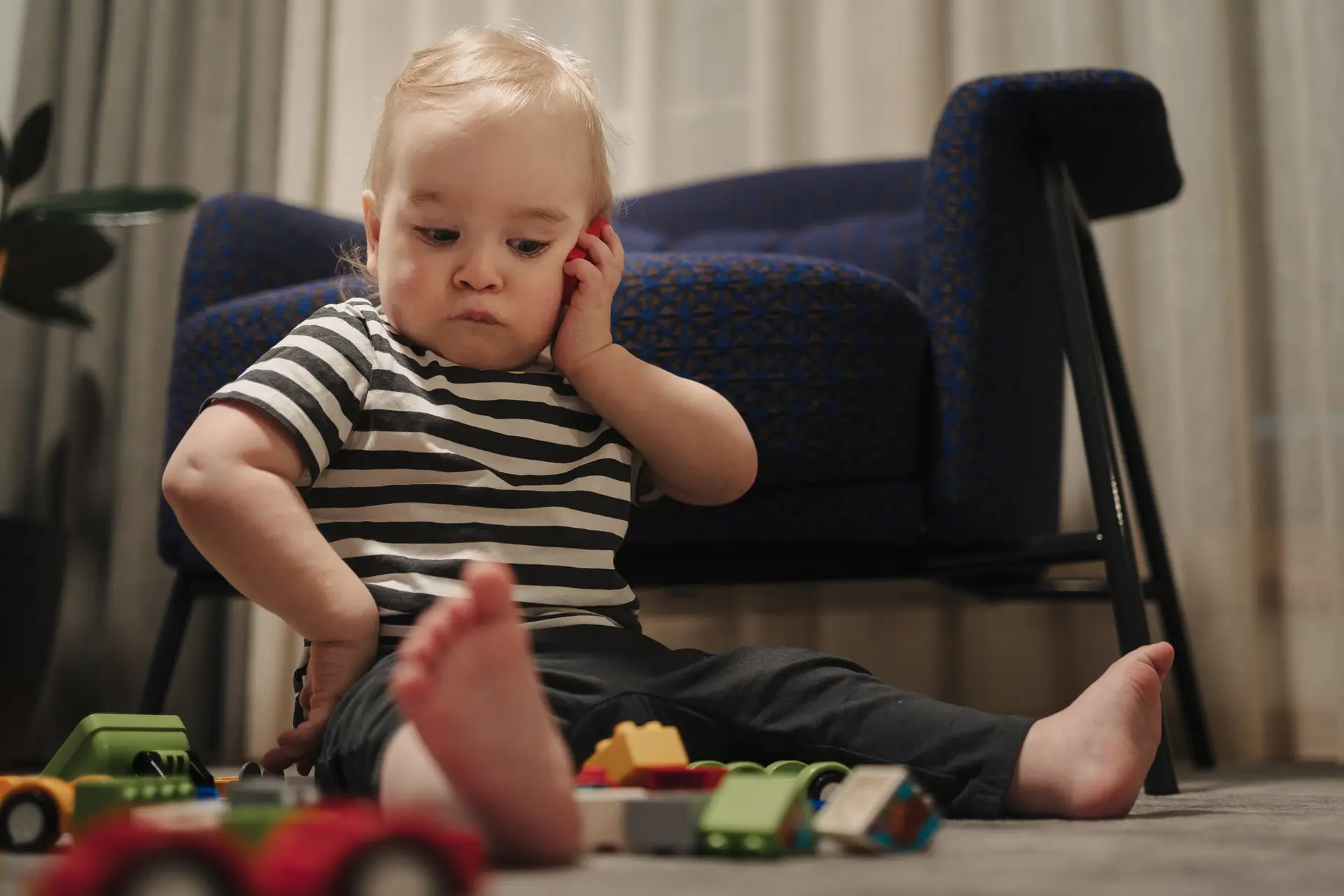
Embrace the mess and chaos. Some of the most authentic family stories emerge from unscripted moments of beautiful chaos. Paint-covered hands, flour-dusted counters, toys scattered across the floor – these details document the reality of active, engaged childhood.
Pay attention to seasonal and temporal elements. The way light changes throughout the year, growth spurts that make favorite clothes suddenly too small, evolving interests and capabilities – these temporal elements add layers to your family narrative and help create a sense of time passing.
Document interests and obsessions. Every child goes through phases of intense interest in specific things – dinosaurs, princesses, trucks, books. These obsessions are a crucial part of their developing identity and make for rich storytelling material.
Capture the relationships, not just the individuals. The way siblings interact, how your child relates to pets, their reaction to visiting relatives – relationships are at the heart of the most compelling family stories.
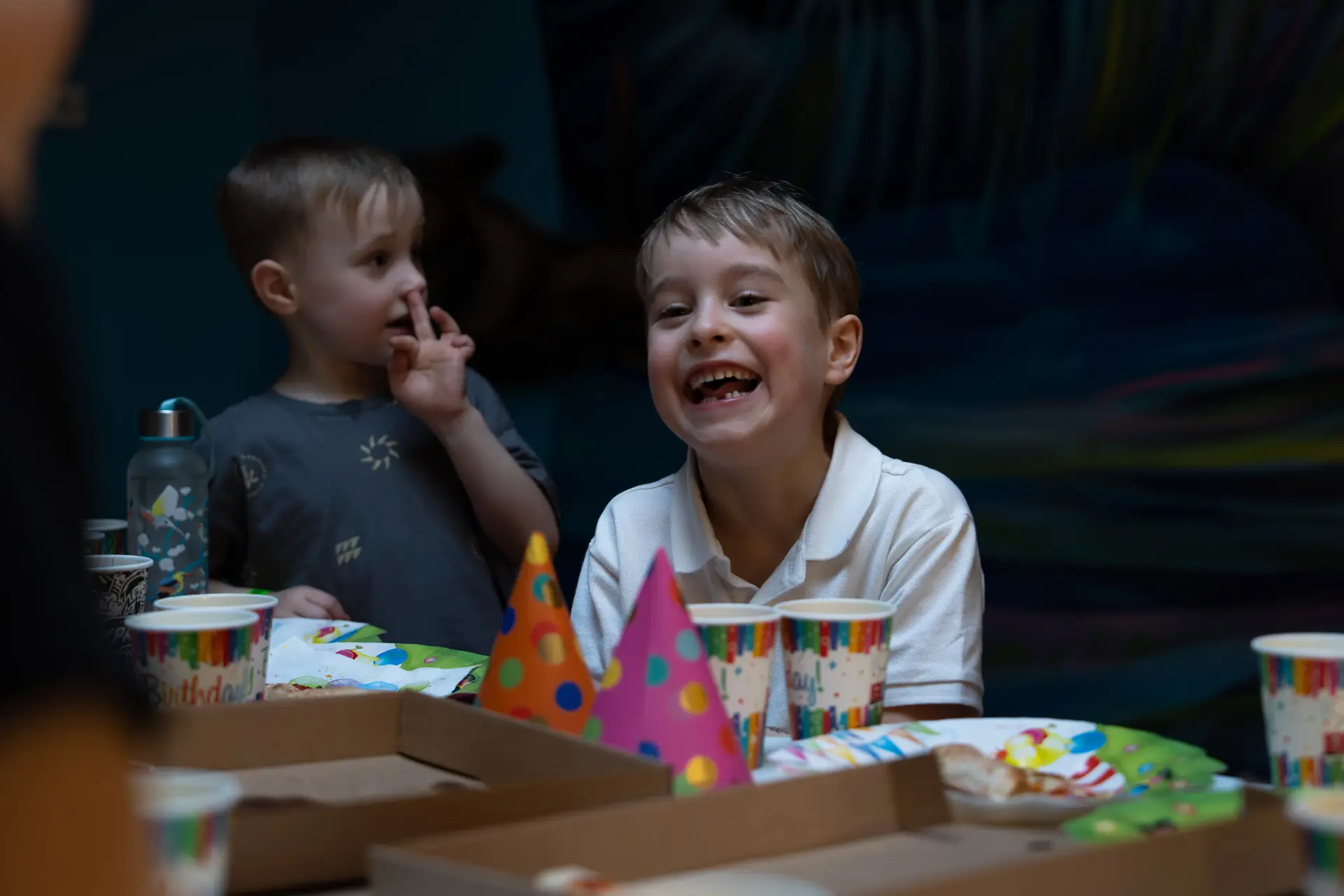
Look for patterns and rhythms. Every family develops its own patterns and traditions, both big and small. The way you always read books before bed, Friday pizza nights, weekend morning pancakes – these repeated elements create continuity in your visual narrative.
One approach that has revolutionized my family photography is what I call “day in the life” documentation. Once every few months, I spend an entire day photographing all the small, routine activities that make up our normal life. Years later, these comprehensive photo essays have become some of our most treasured family memories.
Practical Exercises to Develop Your Storytelling Eye
Developing skill in family storytelling photography requires practice and intentional observation. Here are specific exercises that will help you build this visual storytelling muscle.
The “One Hour Challenge.” Set aside one hour and photograph everything that happens in your household during that time, regardless of how mundane it seems. Don’t skip the dishes being washed, the laundry being folded, or the quiet moments between activities. This exercise helps you recognize story potential in routine activities.
Detail documentation. Spend a week focusing exclusively on details – hands, facial expressions, environmental elements, textures, objects. This practice trains your eye to see the building blocks of larger stories.
Sequence shooting. Choose a simple daily activity like getting dressed, eating breakfast, or playing with a favorite toy. Create a photo sequence that tells the complete story of that activity from beginning to end. This exercise helps you think in narrative terms rather than isolated moments.
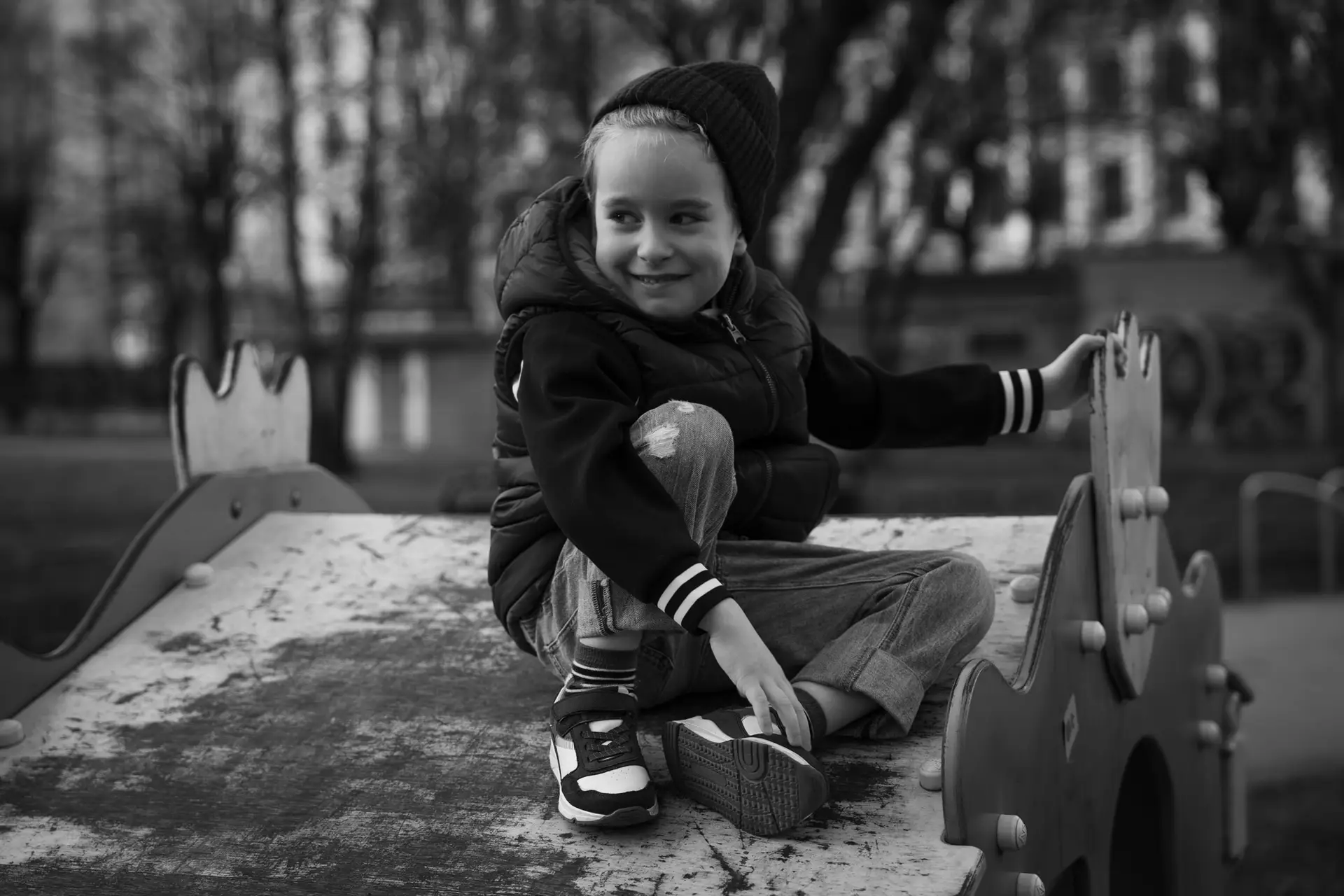
Emotion hunting. Make it your goal to capture a different emotion each day for a week – concentration, joy, frustration, surprise, contentment, curiosity, exhaustion. This practice helps you recognize and anticipate emotional moments.
Environmental storytelling. Photograph your child’s spaces when they’re not present – their bedroom, play area, art corner. What stories do these spaces tell about your child’s personality, interests, and daily life? This exercise helps you see how environment contributes to narrative.
For additional techniques on capturing natural, unposed moments, my article on capturing candid photos of your child provides seven specific strategies that complement these storytelling approaches.
Building a Visual Legacy Through Everyday Moments
When you approach family photography with storytelling intent, you’re not just taking pictures – you’re building a visual legacy that will become increasingly precious over time. These everyday moment photographs serve multiple important functions in your family’s history.
They document childhood authentically. Professional portraits and special occasion photos capture important milestones, but storytelling photography captures the texture of daily life during different phases of childhood. Years later, these photos will trigger specific memories about what life was really like during particular periods.
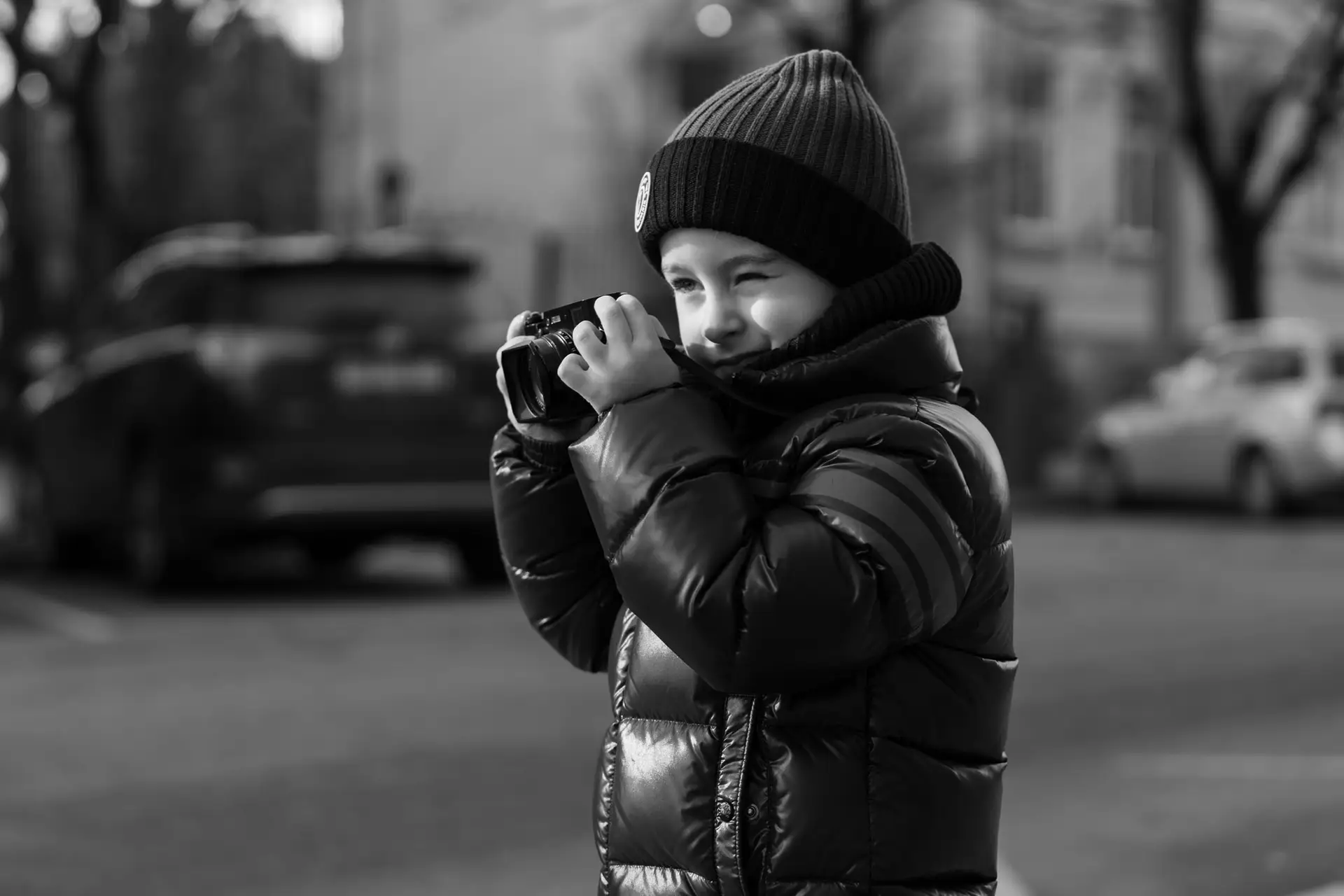
They preserve family culture and traditions. The way your family does things – your unique rhythms, traditions, inside jokes, and patterns – gets documented through everyday storytelling photography in ways that formal photos never can.
They show growth and change over time. When you consistently document routine activities, the gradual changes become visible. The evolution of independence, developing skills, changing interests, and growing relationships all emerge through accumulated storytelling images.
The investment of time and attention you make in family storytelling photography today pays dividends in immeasurable ways throughout your family’s future. These photos become the visual foundation of your family’s story, the evidence of love, growth, and shared experience that defines your unique journey together.
Technical Tools That Support Your Storytelling Vision
While storytelling photography is more about vision than equipment, having the right tools can help you capture those fleeting everyday moments more effectively. The key is choosing gear that supports rather than complicates your storytelling goals.
Camera choice matters less than you think. Whether you’re using a smartphone, point-and-shoot camera, or professional DSLR, the principles of family storytelling photography remain the same. The best camera is the one you have with you when the story unfolds.
Lens selection can enhance your narrative approach. A moderate wide-angle lens (35mm equivalent) is excellent for environmental storytelling that includes context and setting. A short telephoto (85mm equivalent) is perfect for intimate portraits that isolate subjects from distracting backgrounds. A versatile zoom lens provides flexibility to adjust your framing without missing moments.

Fast autofocus helps capture spontaneous moments. Children move quickly and unpredictably. Having a camera system with reliable, fast autofocus increases your success rate in capturing those perfect storytelling moments before they pass.
Good low-light performance extends your storytelling opportunities. Many of the most intimate family moments happen in lower light – indoor play, bedtime routines, cozy reading time. A camera that performs well at higher ISO settings allows you to document these moments without harsh artificial lighting.
Silent shooting modes preserve natural behavior. The sound of a camera shutter can interrupt natural interactions and make children more camera-aware. Silent or quiet shooting modes help you maintain the authenticity that’s crucial to storytelling photography.
Remember, the goal is to choose tools that fade into the background so you can focus on observing and capturing the unfolding story of your family’s daily life.
My Top 3 Camera Recommendations for Child and Family Photography
- 24.2MP APS-C Exmor CMOS Sensor
- 5-Axis SteadyShot INSIDE Stabilization
- 3.0" 921.6k-Dot 180° Tilting Touchscreen
- Real Time Eye AF for Stills and Video
Amazon rating: 4.7 out of 5, based on 534 individual reviews
- 24.1MP APS-C CMOS Sensor
- Dual Pixel CMOS AF with Eye Detect AF
- 3.0" 1.04m-Dot Vari-Angle Touchscreen
- Combination 5-Axis Image Stabilization
Amazon rating: 4.7 out of 5, based on 1725 individual reviews
- 24.2MP APS-C Exmor CMOS Sensor
- 5-Axis SteadyShot INSIDE Stabilization
- 3.0" 921.6k-Dot 180° Tilting Touchscreen
- Real Time Eye AF for Stills and Video
Amazon rating: 4.5 out of 5, based on 104 individual reviews
Conclusion: Embracing the Beauty of Authentic Family Life
Family storytelling photography has taught me that the most meaningful moments often happen in the spaces between the events we traditionally think to photograph. It’s in the quiet concentration of morning routines, the animated discussions over lunch, the creative chaos of afternoon play, and the peaceful intimacy of bedtime rituals.
By approaching everyday childhood moments with storytelling intent, you develop a deeper appreciation for the richness already present in your family’s daily life. You begin to see ordinary activities as the extraordinary foundation of childhood experience. Most importantly, you create a visual legacy that authentically captures not just how your child looked during different phases, but who they were and how they experienced their world.
The technical aspects – camera settings, composition, lighting – are simply tools that serve your storytelling vision. The heart of this approach lies in patient observation, genuine appreciation for childhood authenticity, and the recognition that every day contains moments worth preserving.
Start small. Choose one routine activity and approach it with storytelling eyes. Notice the details, capture the process, document the emotions. Pay attention to environmental elements that provide context. Create sequences that show beginning, middle, and end.
The camera in your hands – whether it’s a smartphone or professional equipment – is your tool for preserving these fleeting moments. But the real magic happens when you combine that tool with patient observation, appreciation for authenticity, and the understanding that every ordinary day in your family’s life contains extraordinary moments waiting to be discovered and preserved.

